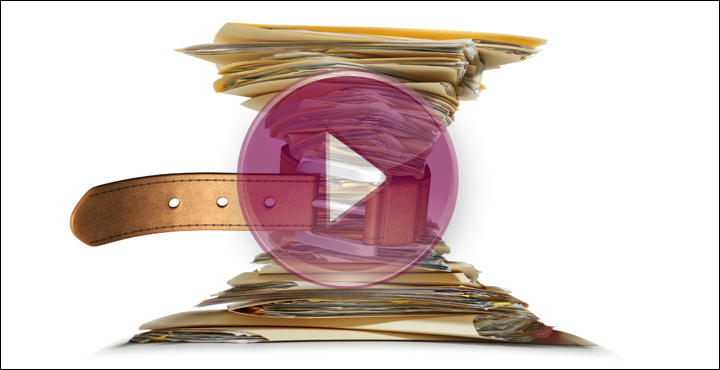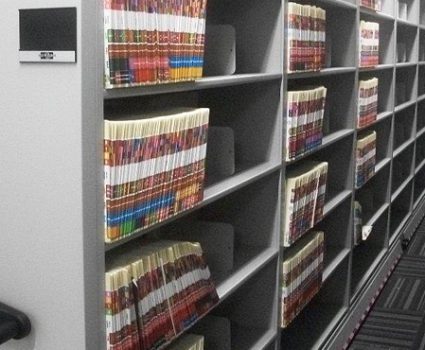
Getting to paperlite: Insights from our recent webinar – Part One
In our recent webinar, Getting to Paperlite, we revealed best practices, tools, and strategies that you can use to reduce the volume of paper records in your organization.
These included:
- Records management fundamentals like classification and retention schedules
- Regular purges of existing collections
- Centralization of your active records
- Standardized filing systems
- Using software to track files and manage retention periods
- Document imaging
During the Q&A session after the presentation, our guests asked some great questions of our expert panel. In a two-part blog post, we are sharing the highlights from this Q&A session to give you a better idea what’s involved in the move to paperlite.
Q: You recommend imaging as a way of getting to paperlite, but aren’t I setting myself up for a mixed environment of paper and electronic records?
A: Yes, and as our audience poll showed, this is simply the reality in today’s records management environment. A paperlite environment supported by document imaging puts you in the best position to manage the “hybrid” environment and handle new paper documents that continue to be created.
We’ve put together a number of resources you may find helpful in this regard, and you can find it them here in our hybrid environment toolkit.
Q: For the active file purge, you gave an example of work you did for someone, and that’s great, but can’t that be done in house? Does it have to be outsourced?
A: Yes, absolutely it can be done in house. The clients that hire TAB to help with the process typically do so because they don’t have the staff internally to handle it, both from a time and experience perspective. For most organizations, imaging simply doesn’t happen until experts are brought in to guide the process and drive it forward. Outside help also delivers peace of mind that the project is handled with a best practice approach – which minimizes risk and disruptions to your daily business.
Read a great case study on an active file purge we did with a pharmaceutical company.
Q: This all sounds great, but how do I sell paperlite to decision makers in my organization? Is there an overall ROI angle?
A: Some parts are more difficult to quantify than others, but the simplest way to start is by making the case for less square footage of space being used to store records, which frees space for revenue generating activities.
For a deeper dive, check out Eight Tips for Getting Buy In for Your RM Program and The EDRMS Opportunity: Demonstrating the Value of Records Management.
Q: How useful is a classification scheme in an electronic records management system?
Extremely! Good records management practices apply to all kinds of records, regardless of format, and as such your classification scheme is a huge part of your EDRMS as it forms the basis of your governance model.
There is a lot more to it than that, obviously, so have a look at our TAB Guide to Creating an Electronic Folder Structure and Tips for Managing Your Shared Drive. These will give you a better idea of how classification works with electronic records in general.
Q: Do you have a detailed plan or checklist available to help develop a document imaging strategy?
A: Absolutely! You can get our full Document Imaging and Conversion Toolkit here.
Be sure to read next week’s post for more of our paperlite Q&A. You can follow us on Twitter to be notified immediately as we publish each new blog post!
Next Steps
- For an in-depth look at how to minimize paper records, watch our on-demand webinar, Getting to Paperlite.
- Learn more about TAB FusionRMS, which helps you manage both paper and electronic records.
- For help going paperlite, contact one of our records management specialists.





